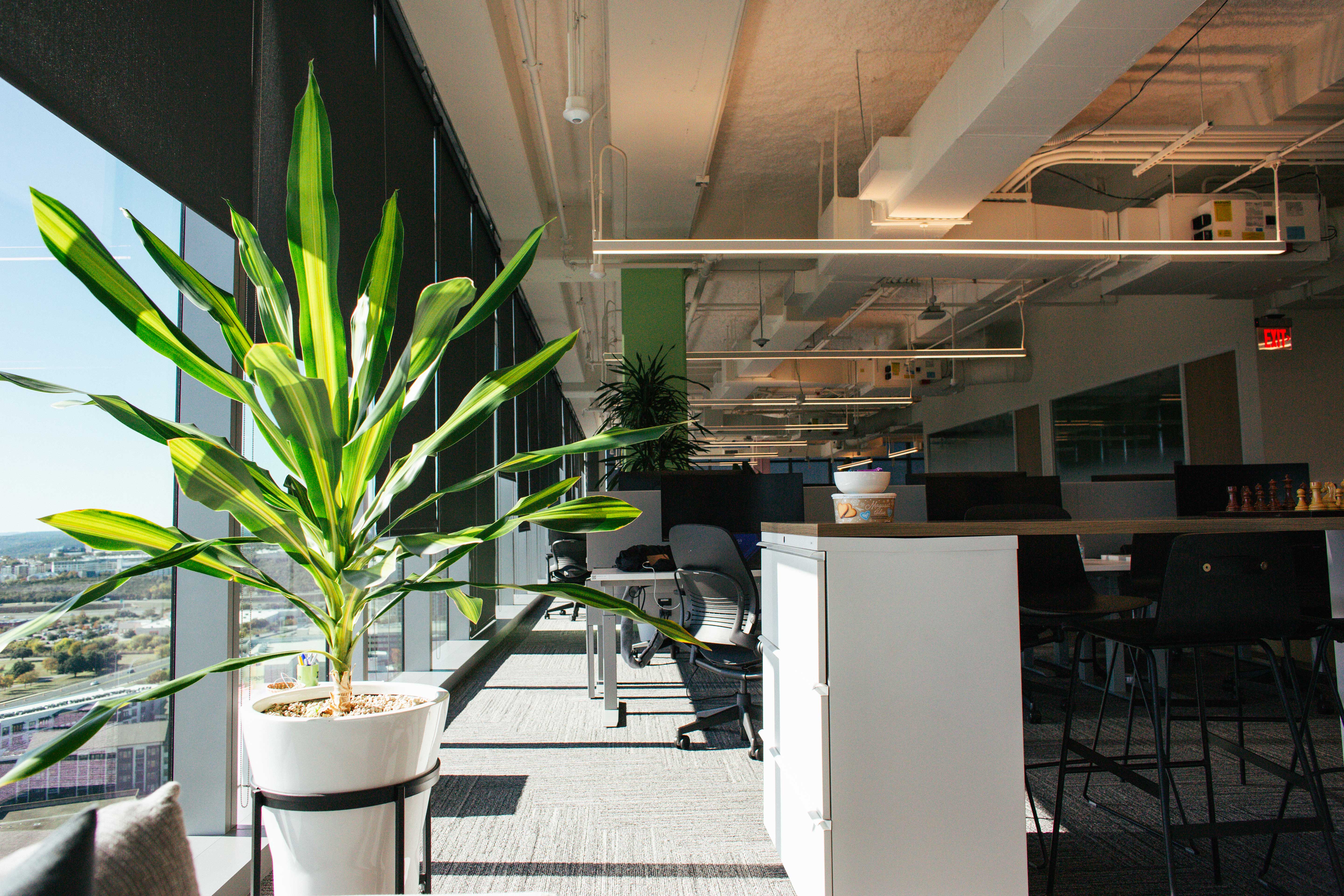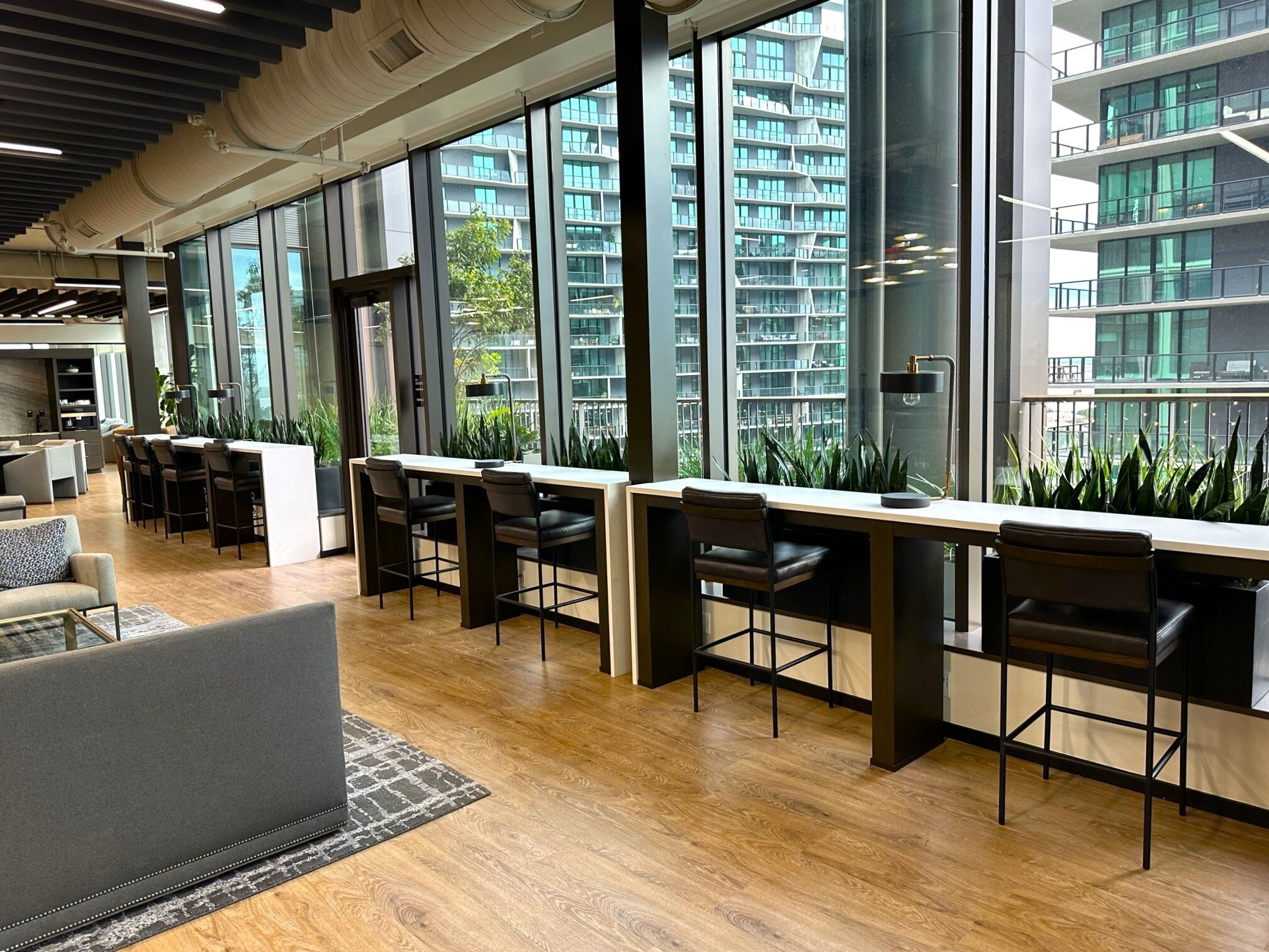Designed by Nature, for human nature
What does a church cathedral, concert venue, escape spa and zoological exhibit all have in common?
Pastors and parishioners, musicians and roadies, exotic animals and curious minds all wonder through these spaces without consciously recognizing the incredible time and care taken into account throughout the design process.
All of these spaces are unique to the purpose they perform in enhancing the experience of their occupants and guests. They are intentionally designed for a specific purpose—with great consideration to the end use and over-all occupant experience they will exhibit or enhance.
PURPOSELY DESIGNED spaces have an IMPACT potential to motivate an activity, coerce an action, change a behavior, or elicit an emotional feeling—all leading to a desired outcome or result.
But what is missing? Where do you spend the majority of your life—living, working or playing? And how much of the time is outdoors, where the impact of nature is at its best? If your like most of us, 40+ hours of your livelihood is spent within the confines of your workplace. And how much intention to the design of this space is spent with focus of improving the environment specifically for those that occupy it? (And we not talking about migrating the copier or water cooler closer to the cubicles here!)
Introducing Biophilic Design
It is always so refreshing to see coverage in the news about biophilic design. We have been fans of it for the last thirty-five years (and now have an all-encompassing term to describe it), and to see the concept continue to make headlines within various media is encouraging. That said, a recent New York Times article is slightly “behind the times”…BUT—better late than never!
In their post, A Greener, More healthful Place to Work, they described some of the new green and well-being choices different offices make, it was stated that buildings need to be energy efficient AND health-promoting for the people who work there.
Yep! We’ve been saying that for a while now.
And as far as the design? This article says don’t just add splashes of green—but create actual interior landscapes made for better air quality and other benefits.
Yep! That’s our main goal for clients.
Then they described the numerous health benefits and we’re standing here (by our stand-desks, of course) breathing in our fresh, energizing air like…yep! Nailed it!
The evidence presented was what we already know (and can feel)—that being inside an office for 90% of our days takes a physiological toll on our bodies and particularly, our minds.
so…What is biophilic design?
Biophilia translates into “love of life” or love of living systems” and breaks down like this:
Bio ≡ life
philia ≡ an attraction or positive feelings that we have towards organisms, species, habitats and objects in their natural surroundings.
Biophilia describes the connections that human beings subconsciously seek with the rest of life. It further explains that—the affections we humans have with other life forms and nature as a whole are deeply rooted and ingrained within our biology.
Nature Calls…
Human beings and Mother Nature have a mutually-beneficial symbiotic relationship that exists whether you recognize it or not. The “call of nature” is in fact an innate tendency that YOU possess to seek out connections with the natural world around you. It is our job to reconnect the two in spaces where natural collisions occur, well—NATURALLY!
What are the elements of biophilic design?
It’s not just green plants. Biophilic design is the intentional application of biophilic principles and natural elements derived from or mimicked after nature.
Natural & Supplemental Lighting:
Here comes the sun!
From windows, skylights, or open ceilings—full-spectrum artificial light sources that complement daylight intensities and rhythms. Dynamic lighting intensities that mimic the outdoors can be incorporated into spaces with automatic shades, shutters and adept architecture design.
Exterior Views:
Feeling “well-grounded”.
Distant views of landscapes and natural spaces gives us perspective and a sense of connection to our wider ecosystem. Even if it is just in your periphery, your mind and body will feel more grounded.
Water Sources:
The source of life.
Fountains, reflection ponds, and water features that can be seen by your eyes, heard by your ears and touched with your hands.
NATURE
The no-brainer.
How better to reconnect yourself with the natural world than bringing in some REAL, LIVE, ORGANIC nature?! Indoor plants have powerful benefits that go far beyond the aesthetic appeal. They produce for the interior environment just as they would the outdoor ecosystem—regulating humidity and temperature, improving air quality by scrubbing out noxious chemical compounds and naturally converting Carbon Dioxide (Co2) into oxygen (O2).
Elements that mimic Nature:
Naturally derived elements created by nature such as live plants, seasonally changing blooming flowers, moss wall art and open flames effectively liven up a space. BUT unfinished materials that reflect the local ecosystems such as natural fibers, stone, wooden timbers and handcrafted objects can equally simulate our craving for nature-based stimuli.
The Architecture of Life:
Interesting to note is that, in the absence of ‘real’ nature, artificial stimulation or biomimicry can have equally impressive results. This is the realm in which architects, space planners, interior designers and urban engineers focus their attention in the application of biophilic principles.
Humans or Hyenas?
Judith Heerwagen, an environmental psychologist who studies the effects of biophilic design, shared that “more time and creativity has gone into designing natural habitats for zoo animals than in creating comfortable office spaces for humans.”
Isn’t it time for that to change? Workers work, perform, earn, delight, grow and change companies and industries—surely their health matters, a LOT! We must begin to understand the correlation between employee engagement and how they feel about the environmental condition of their workplace. And then do something about it! At a minimum your employees need to know that you care about them. How you choose to deliver on that will make or break the resilience of your organization. This relationship demonstrates that the work environment can and must be a strategic part of an organizations strategy to increase engagement and business performance. Intentionally focus on the wellbeing of your people, truly show you care and the effects will positively disrupt your organization. Your people will feel it and your customers will know it.
Workers work, perform, earn, delight, grow and change companies and industries—surely their health matters, a LOT! We must begin to understand the correlation between employee engagement and how they feel about the environmental condition of their workplace. And then do something about it! At a minimum your employees need to know that you care about them. How you choose to deliver on that will make or break the resilience of your organization. This relationship demonstrates that the work environment can and must be a strategic part of an organizations strategy to increase engagement and business performance. Intentionally focus on the wellbeing of your people, truly show you care and the effects will positively disrupt your organization. Your people will feel it and your customers will know it.
It’s not just how well you work—its how you work well!
Lastly, the article reminds us that as new technology becomes available, more in-depth studies are being completed to measure detailed impacts of air quality, ambient lighting, green spaces, human chemistry, etc. and how they all work together for organizational success. The paradox here: technology is essentially driving us back to nature. We agree—and we love it!
Nature is not new, it has been here all along. It’s been “trending” since day three of creation! Hashtag #and He said it was good
More research never hurts, but it will likely continue to show how important green plants and design are to any interior space. So, get ahead of the research and trends by treating workers in your spaces to better health now.
You owe it to yourself and…
YOU DESERVE IT.
###
Source Reference:
https://www.nytimes.com/2018/01/11/well/a-greener-more-healthful-place-to-work.html






